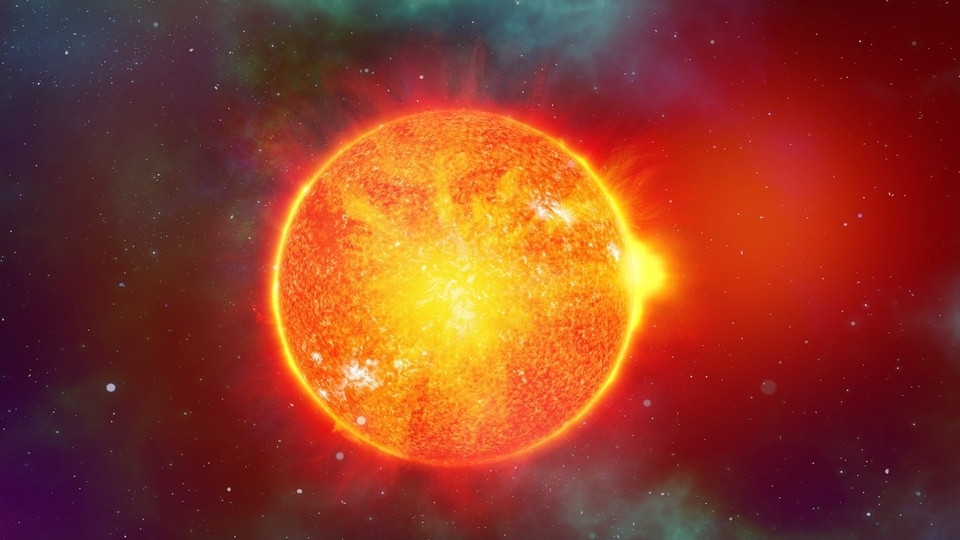The most intense solar flare captured by NASA SDO
NASA has captured the most intense solar flare on August 5. It could spark a strong G3 geomagnetic storm. Check details here.
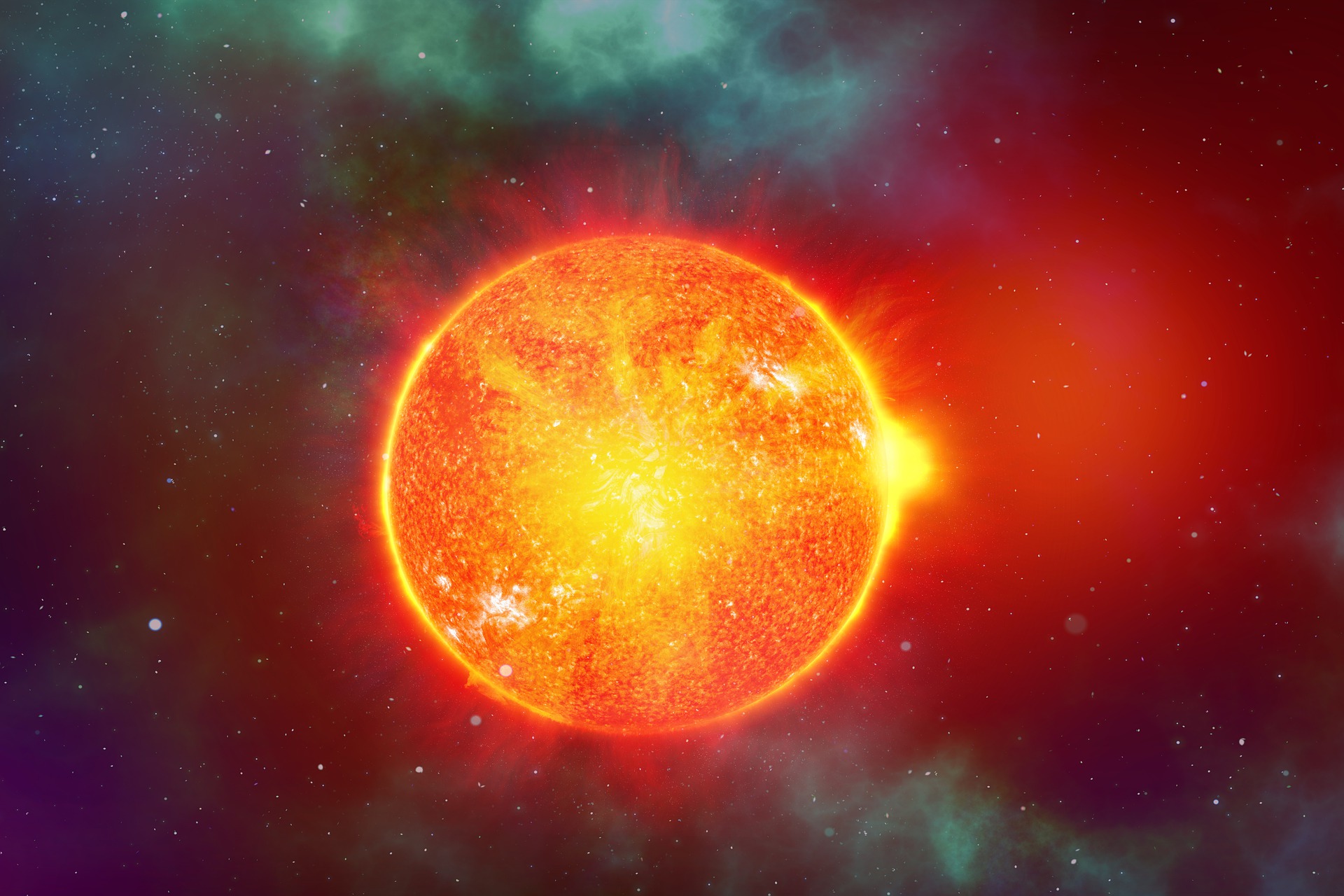
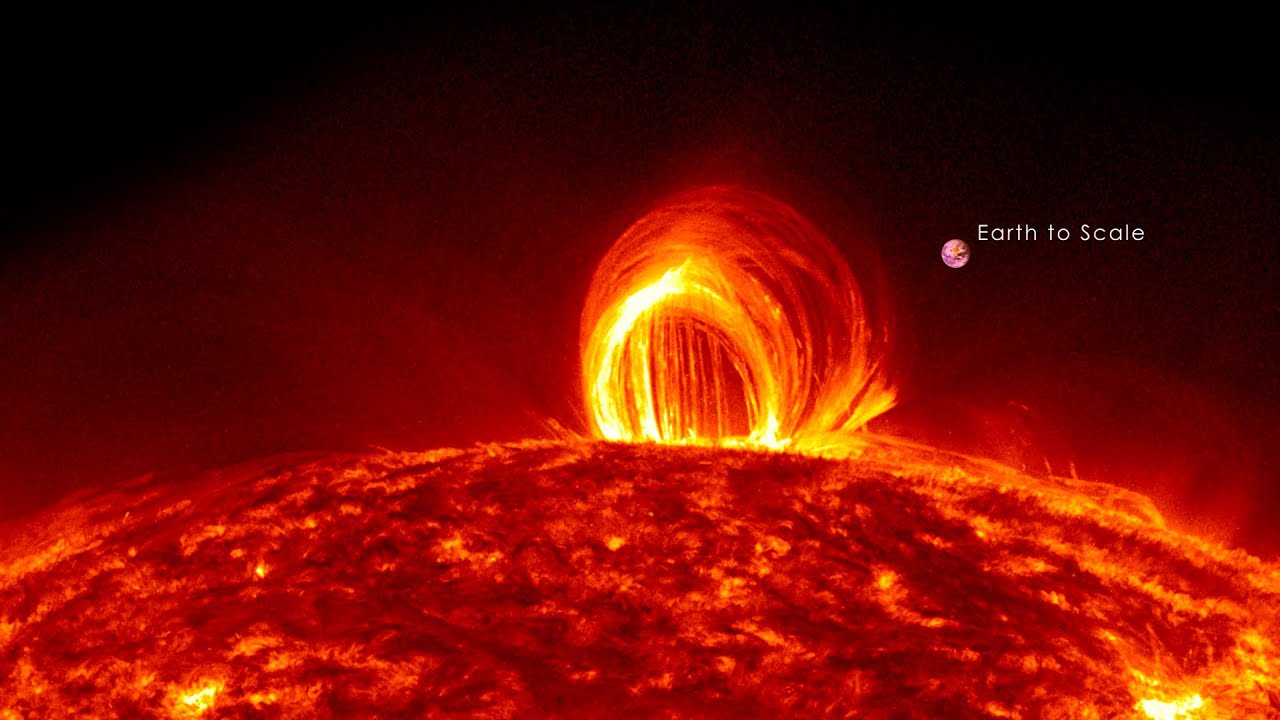

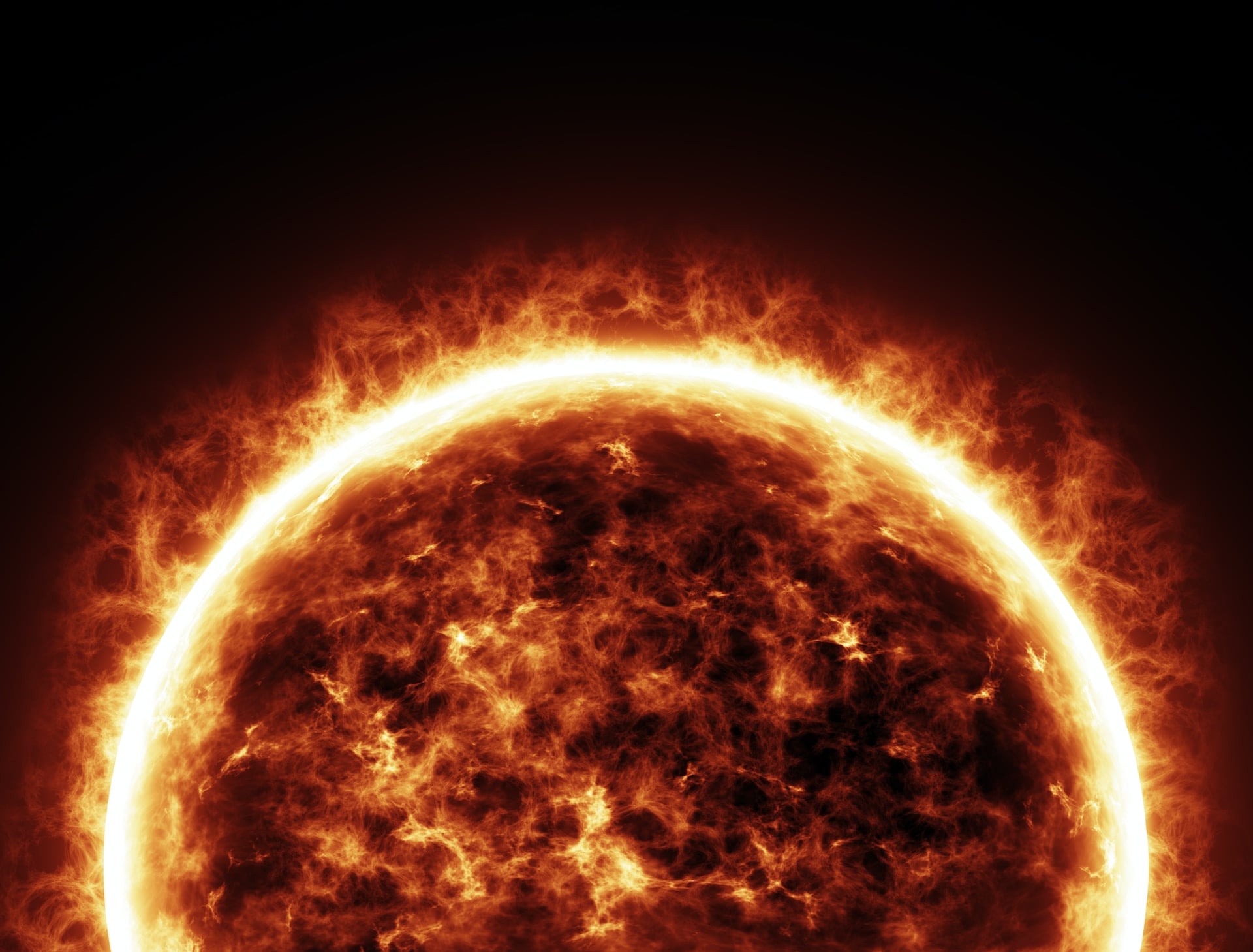

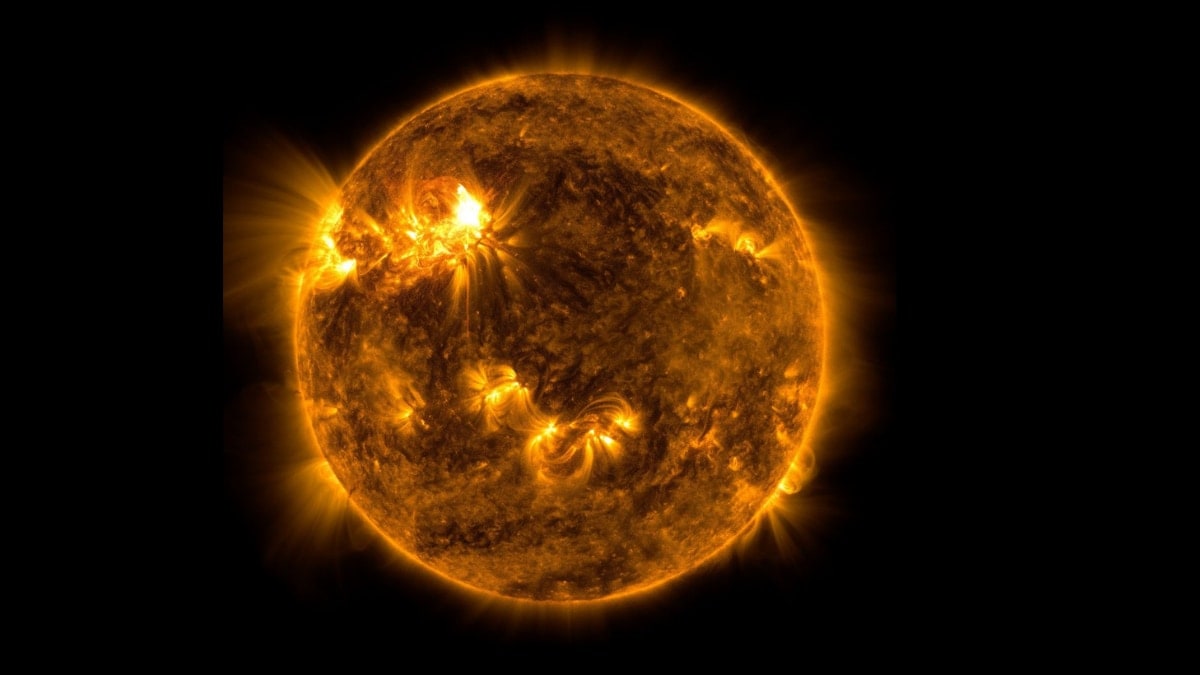
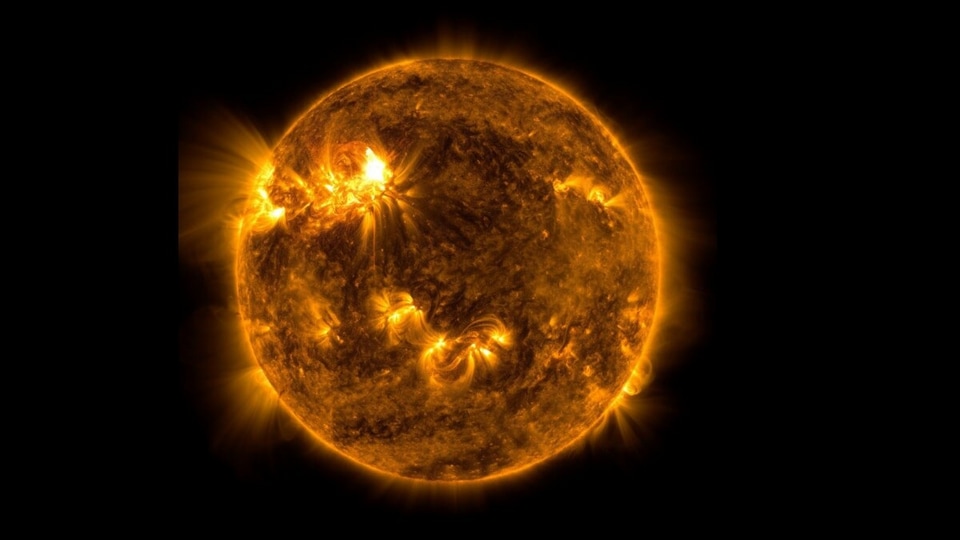

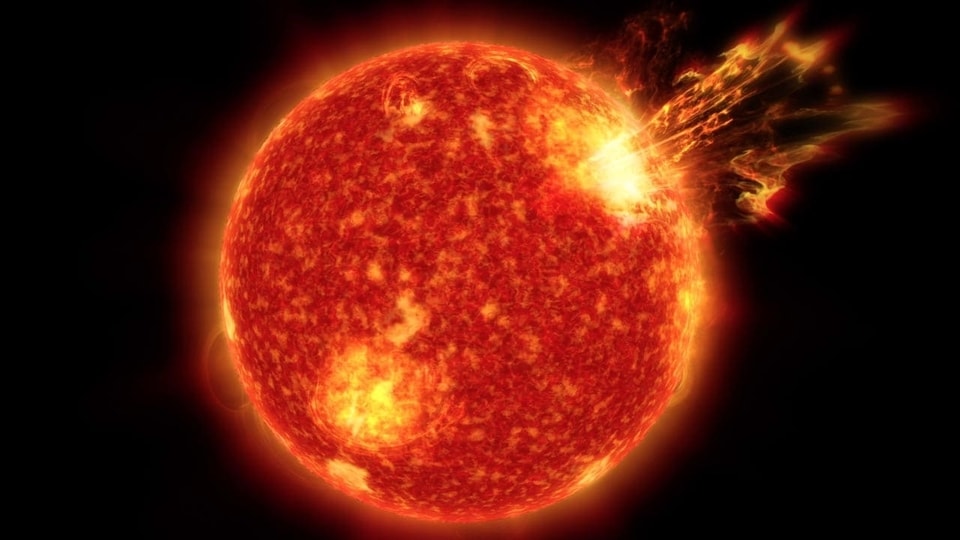
First Published Date: 08 Aug, 12:52 IST
Tags:
solar flare
nasa
NEXT ARTICLE BEGINS


